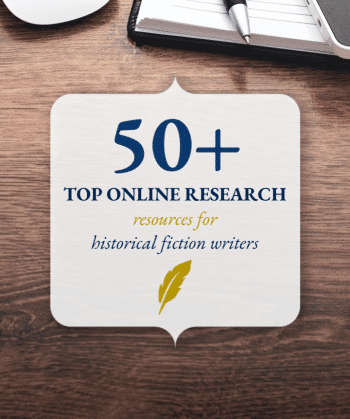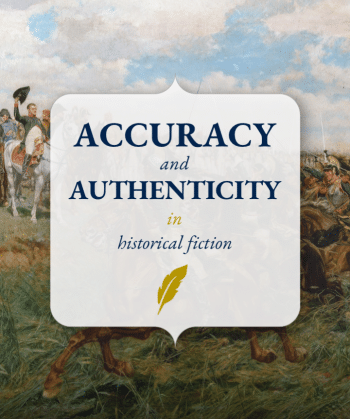The astonishing intricacy of the human body is wondrous, yet sometimes it malfunctions and we fall ill. This blog post will look at how Western medicine and treatment – particularly in Britain – was influenced by religion and superstition, the printed word, war, epidemics and class.
Through time, man’s endeavour to treat illness has generally followed the same structure: the presence of illness would lead to a diagnosis and a remedy or treatment. However, the methods for how man arrived at treatment has changed vastly over the years.
Early human society
Treatment of ailments in the prehistoric era was grounded in the supernatural. During this period, man believed that illness was caused by errant demons or spirits and supernatural treatment such as incantations aligned with this belief.
This era predates the written word and consequently there are limited references that tell us exactly how disease was treated. Studies of human bones and artefacts give us some insight into the health of the population, and cave paintings and burial charms indicate beliefs of the time.
It’s accepted that everyday maladies would’ve been treated with herbal remedies passed down from generations. There is also evidence that man understood that the release of pressure could reduce pain such as headaches. We know from examining prehistoric skulls that surgery in the form of trepanning was undertaken in prehistoric times.
The four humours
Over the years, Western medicine has been influenced by the Greek and Egyptian empires. Influenced by the legacy of Hippocrates and Galen, the four humours were considered to be the pillars of health and harmony prior to the 19th century. The theory is well documented and is even referenced by Shakespeare.
Man believed that the human body was composed of four humours: blood, yellow bile, black bile and phlegm. When all four humours were in balance a person was in good health. An imbalance or an excess of one or more of the humours led to illness and treatment such as bloodletting.
50+ top online research resources for historical fiction writers

Roman period
The Romans brought to Britain new foods and a different approach to health from the continent. They excelled in public health, demonstrated by their gymnasiums and public baths. Public hospitals were established and attended by public doctors who treated the poor, although most people were treated at home by friends or relatives. Still, medical knowledge of how the body worked and how disease spread, was still primitive.
Prevention was placed in the hands of individuals through personal hygiene. Think about your characters. Did they attend the public baths, or were they affluent enough to have luxurious bathing at home? How might their everyday, personal actions show their personality or add authenticity to your story?
Medieval
Modern medicine involves examining the symptoms and treating the cause, whereas medieval medicine sought to treat each symptom separately, often resulting in conflicting treatments!
This was a time when religious houses cared for their own as well as opening their doors to the poor, travellers and the infirm. These were some of the first hospitals, except these charitable organisations followed religious precedence and visitors were given care rather than treatment. Instead, prayers, pilgrimages and fasting were common methods for healing.
Physicians visited the rich and rarely got involved in treating the patients themselves – this was left up to less educated apothecaries or barber surgeons.
Renaissance, 16th and 17th century
Vast advances in medicine were made during the Renaissance, following a renewed interest in Ancient Greek and Roman medical knowledge. Also, with the invention of the printing press, ideas and theories could be documented and shared, where previously medical practitioners relied heavily upon handwritten texts that had been copied over centuries.
Between the 1540s and the 1600s various significant discoveries were made about how the body worked. Doctors Andreas Vesalius and William Harvey experimented with human anatomy and proved that blood flowed through the body, bringing new understanding.
Despite new knowledge, in practice, surgery was still risky, medical practitioners weren’t regulated and there were limited options for treatment for the masses. Over the years, medical practitioners such as barber-surgeons, became regulated and organised by royal charters and eventually companies formed.
Accuracy and authenticity in historical fiction

Early 1800s and Victorian era
The Industrial Revolution brought with it rapid urbanisation and consequently disease spread quickly. Life expectancy was low, particularly in urban areas, with a lack of sanitation, open sewers and high occupancy cited as causes. In 1832 Parliament led an enquiry into the causation of poverty and high death rates, which resulted in new Poor Laws in 1834.
Health, housing and education reform contributed change to the lives of the population, especially the 1875 Public Health Act. If you’re writing stories around this time, the reports of the Medical Officer of Health are a valuable resource.
Despite the developments in medical knowledge, ‘treatment’ was often expensive and limited to herbal remedies and general health advice. However, this era saw exciting developments, chiefly advances in germ theory and crucially, the development by Edward Jenner of inoculations which eradicated smallpox. Discoveries in anesthesia in the 1840s also meant that previously painful surgeries could be conducted pain free with the use of ether and eventually chloroform.
20th century
Medicine in the 20th century was characterised by incredible advances and devastating losses to human lives. One of the most infectious diseases in history was the 1918 ‘Spanish Flu’ pandemic, which killed around 250,000 people in Britain alone. Throughout world history, the impact of pandemics and epidemics on social change and medical advances is marked.
War and its aftermath has brought about huge developments in medicine throughout history. Developments in World War One and Two are well documented. Great strides were made through necessity in our understanding of treatment such as surgery.
One of the advances which aided treatment during this century was the discovery of penicillin in 1928. This led to the prevention of infection which had previously caused deaths by everything from a paper cut to childbirth.
Another significant change to the availability of treatment came with the introduction of the NHS. Patients were treated under the care of the state and people were less likely to receive treatment solely in their homes as hospital services expanded.
Incorporating illness and treatment into your story
In earlier history, your characters would’ve had less agency over their health and medical treatment. How might you use illness as conflict in your story? Or illness as a mirror held up to society? Diaries of everyday people and oral history accounts of medical professionals are particularly useful for adding authenticity. If you’re writing about a medical ancestor there are also lots of sources for inspiration.
Nobody in history has not experienced illness. Having an understanding of how illness was treated over the years can offer great insight into the attitudes and beliefs of the time – and also make us thankful to be living with modern medicine!
Karen Bryony Rose is a guest contributor to The History Quill. An English Literature and History graduate and qualified archivist, Karen has always been fascinated by the past. She balances her time as an information professional, writer and journalist. She’s currently working on her historical dual timeframe novel and uses her love of walking to daydream and plot. She procrastinates on Twitter @SunSparks4.
Do you write historical fiction?
Join our email list for regular writing tips, resources, and promotions.

